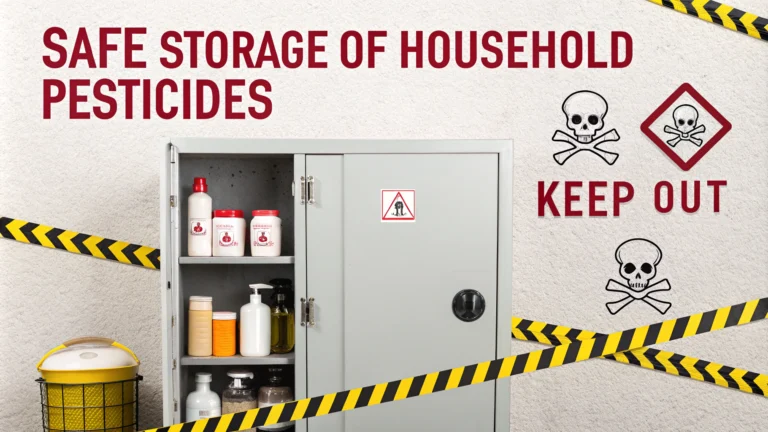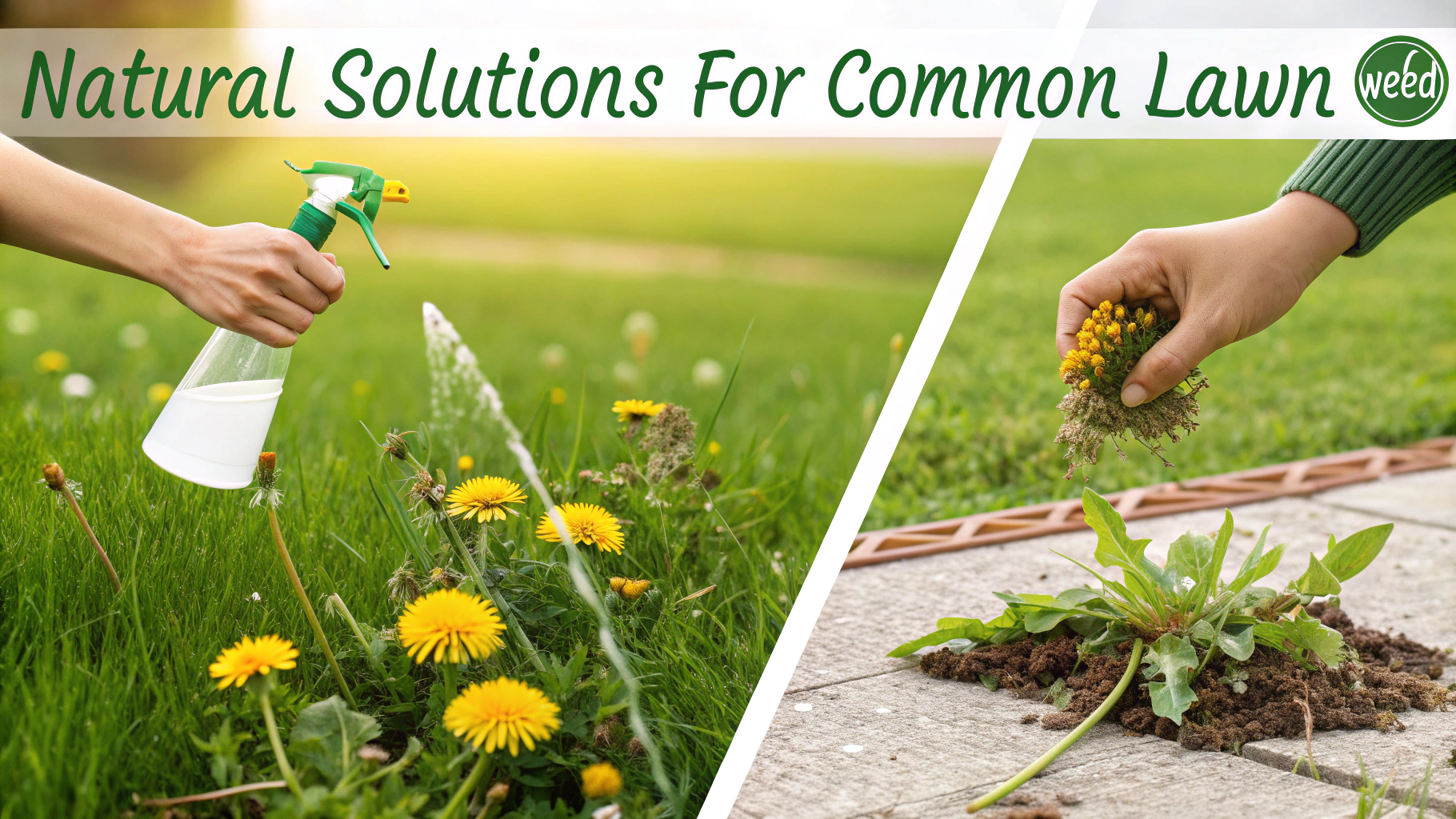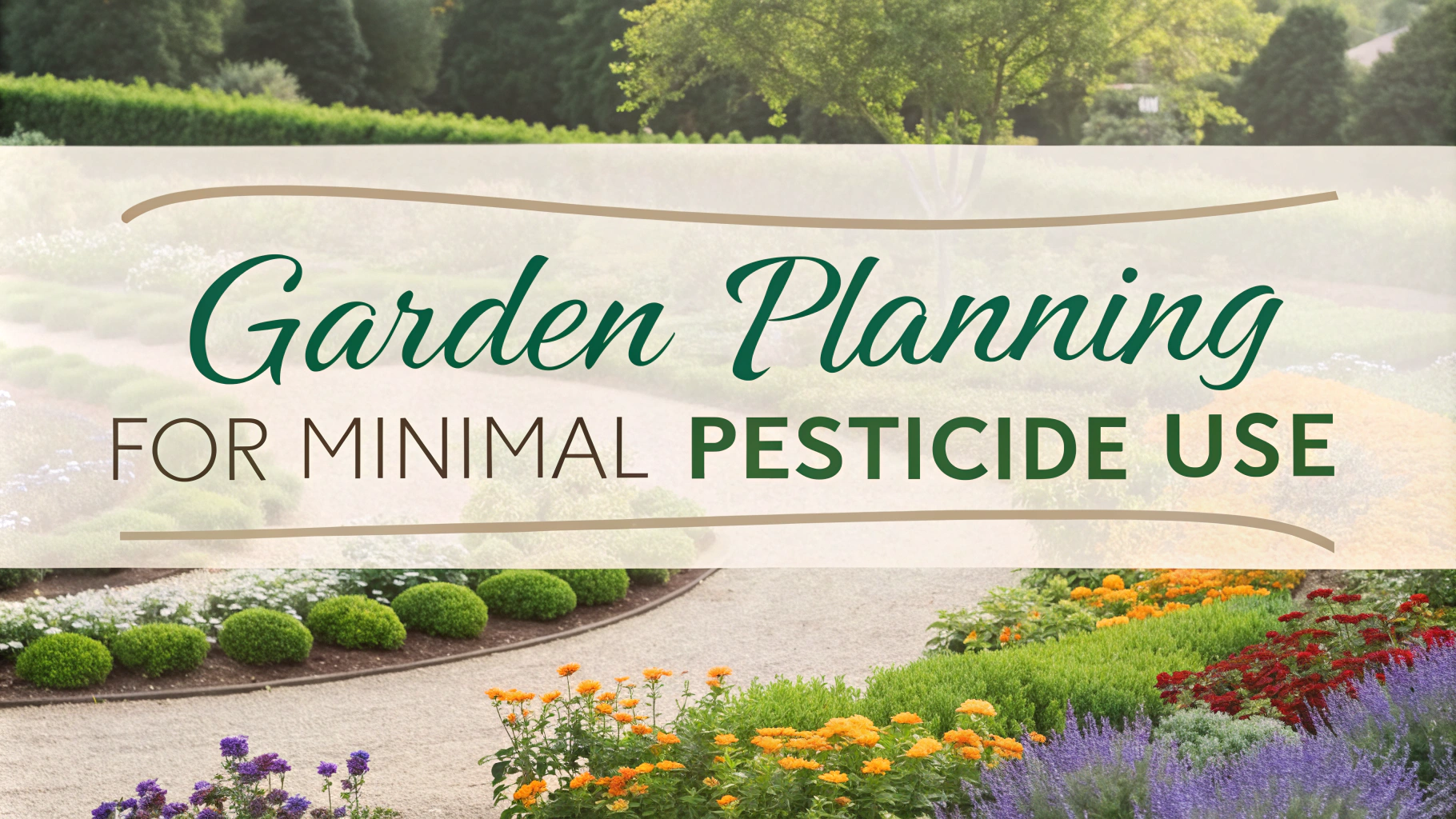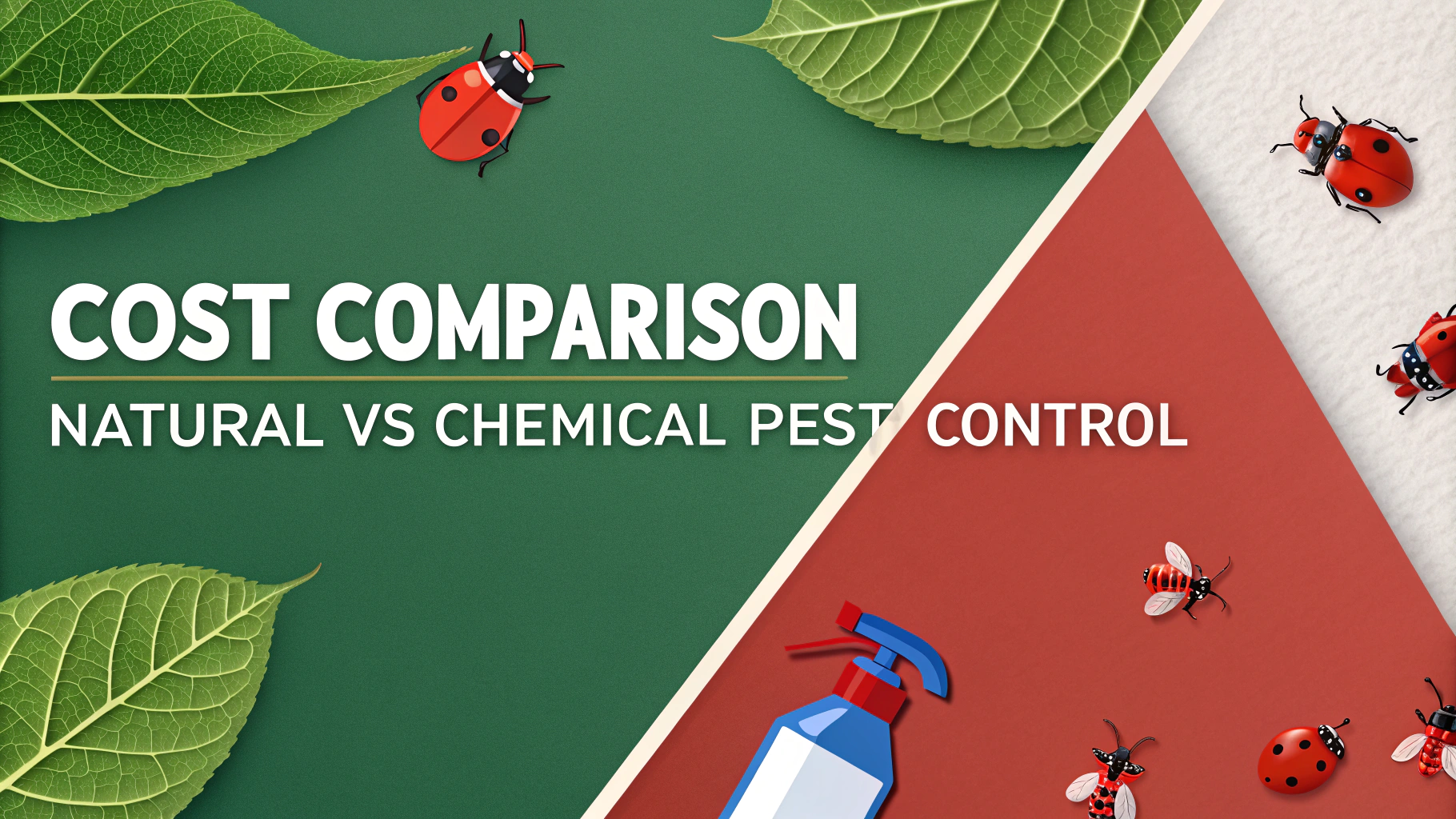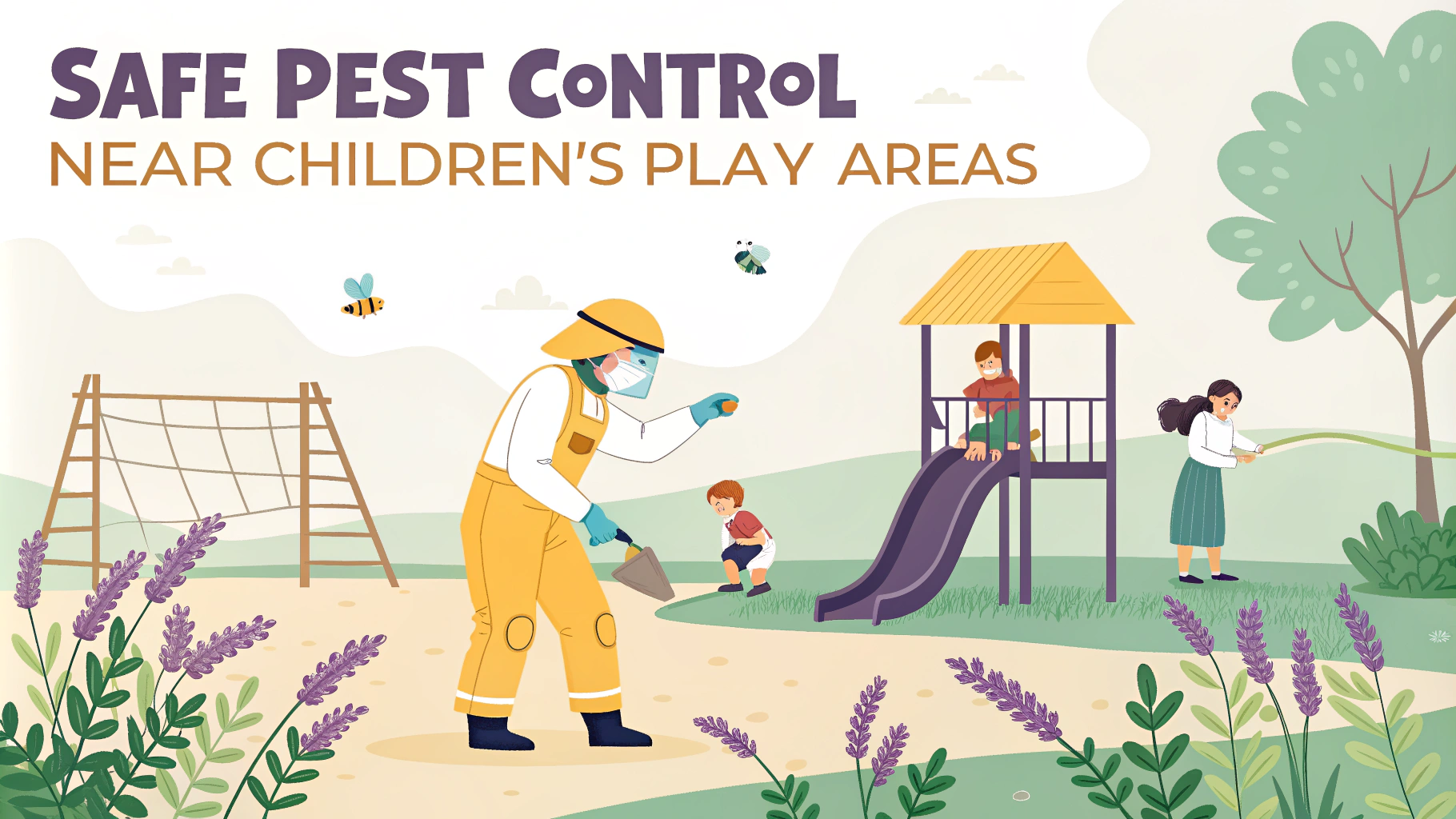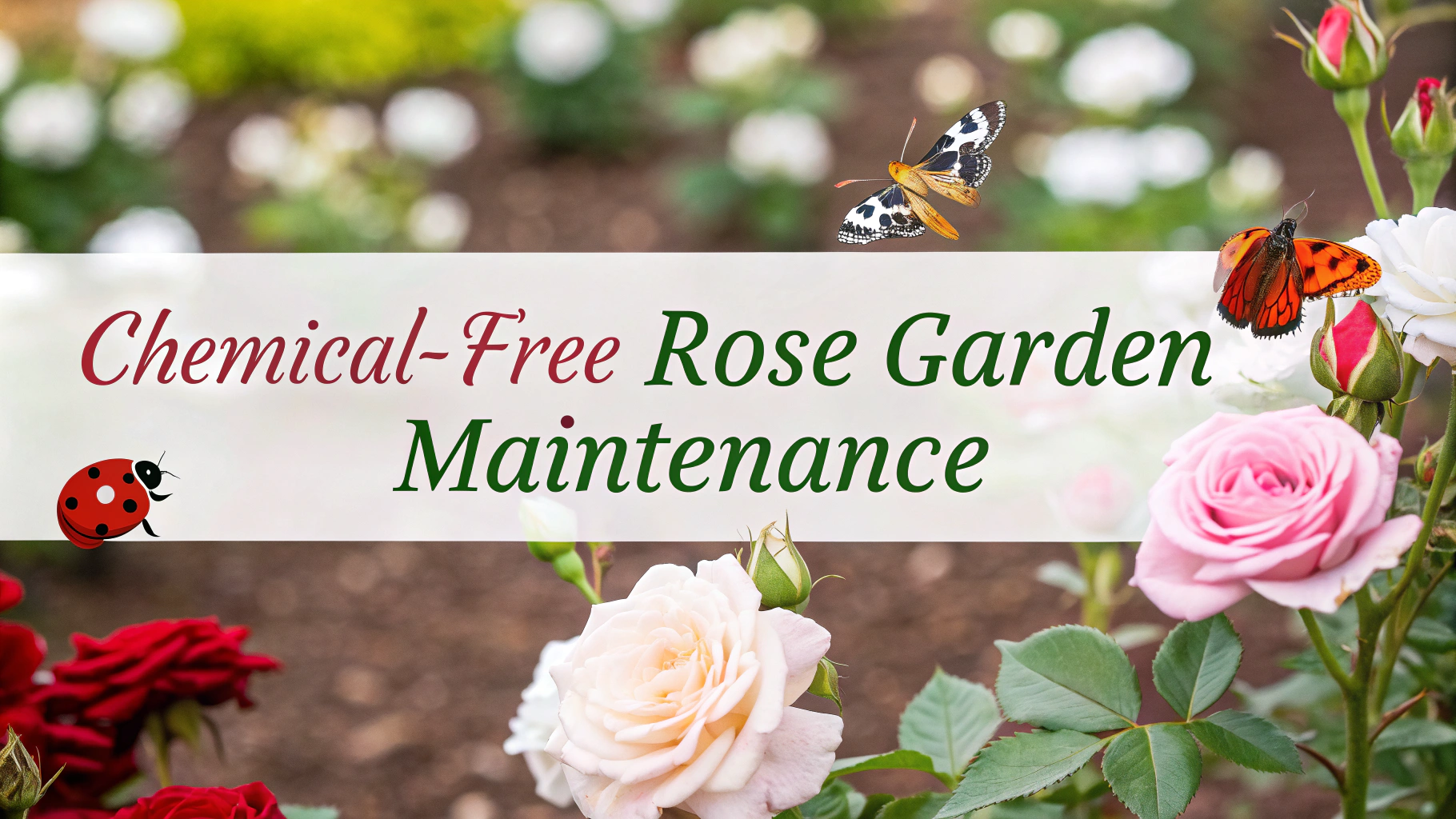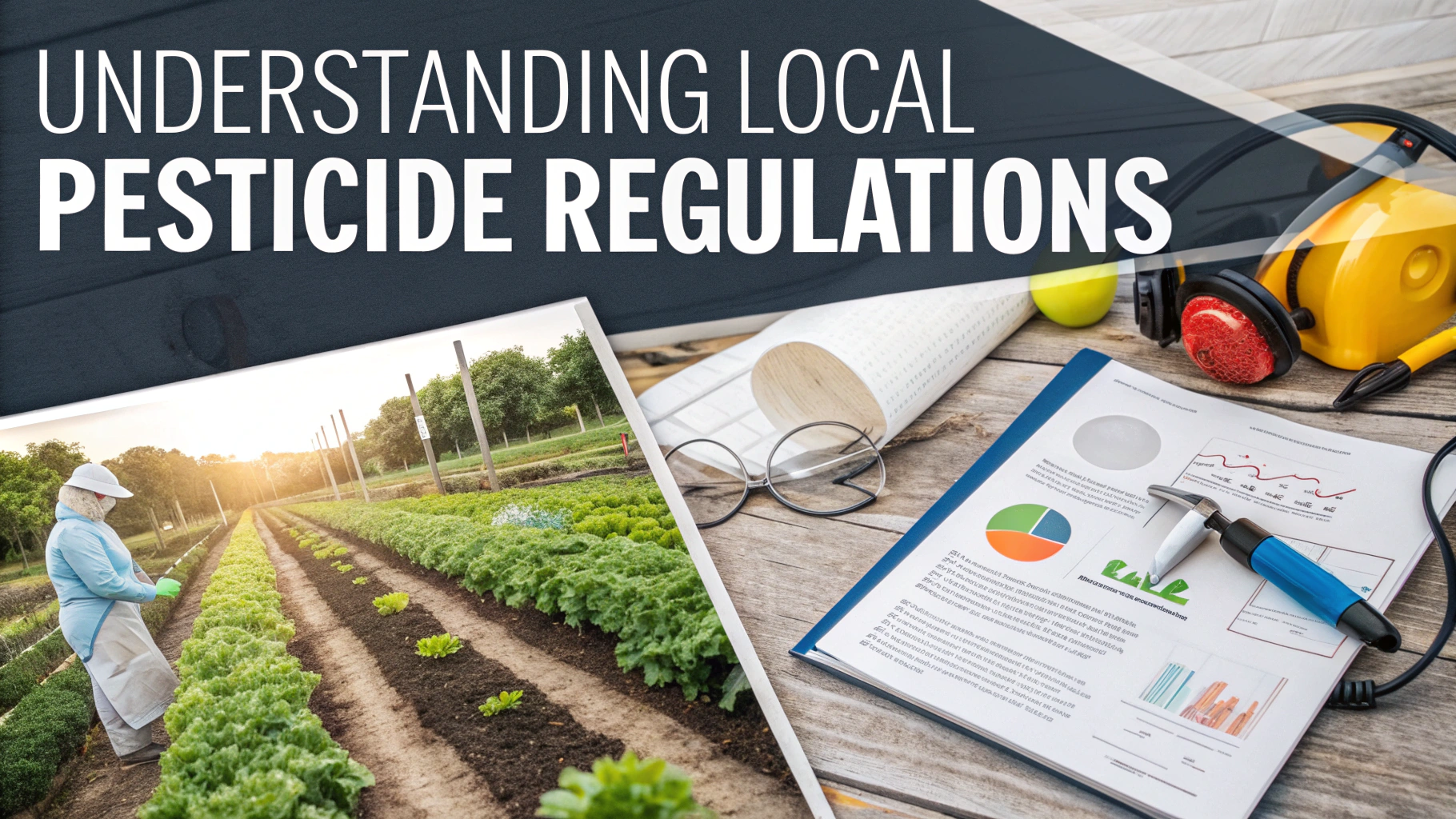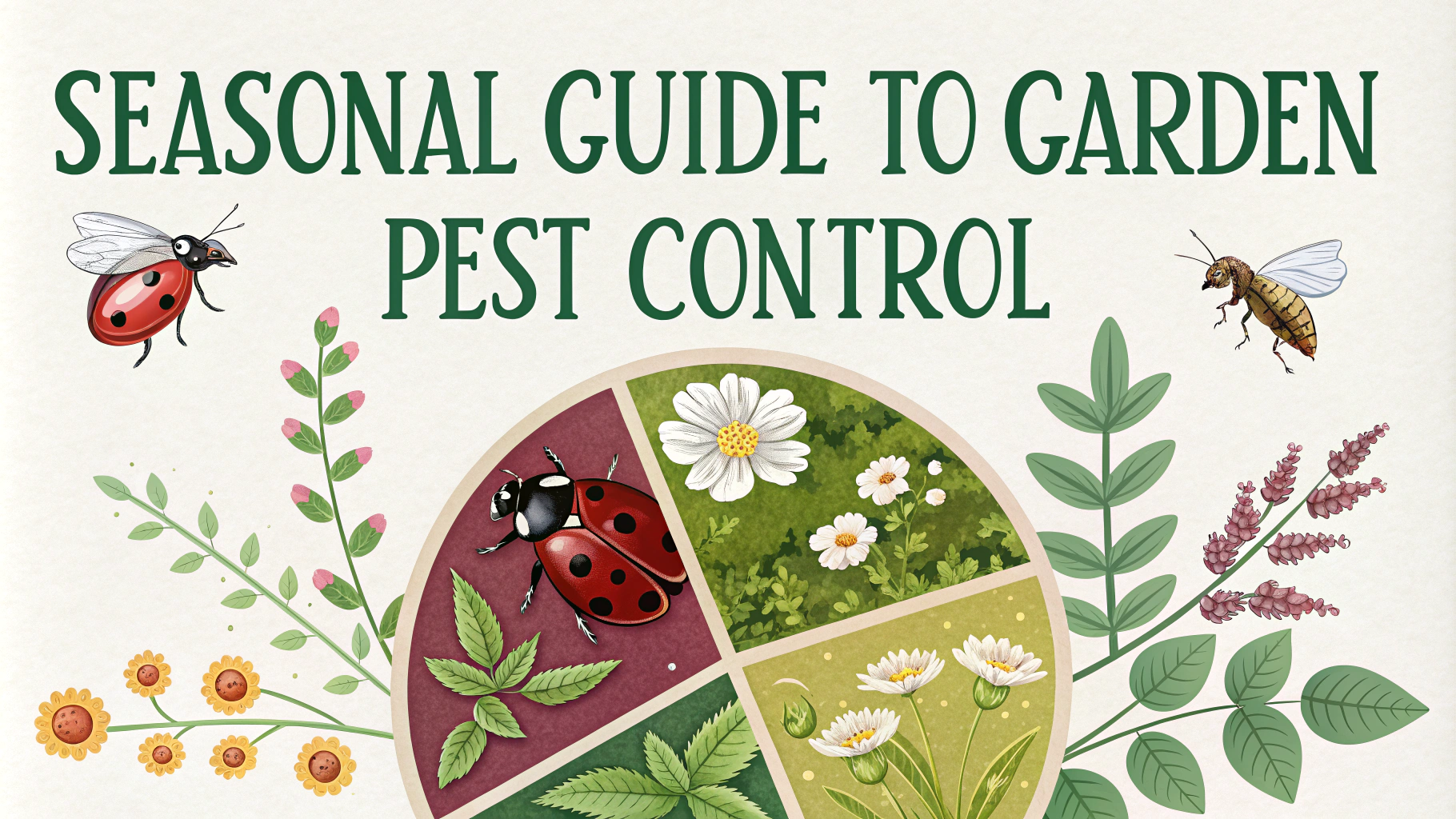Proper storage of household pesticides prevents accidents, protects the environment, and maintains product effectiveness.
Store all pesticides in their original containers with readable labels intact – never transfer them to food or drink containers.
Essential Storage Guidelines
- Keep pesticides in a locked cabinet or storage area away from children and pets
- Store in a cool, dry place between 40-90°F (4-32°C)
- Avoid direct sunlight and heat sources
- Place containers off the ground to prevent moisture damage
- Ensure proper ventilation in the storage area
Storage Location Requirements
The ideal storage location is a locked outdoor shed or garage, separate from living spaces.
Never store pesticides near food, animal feed, seeds, or medical supplies.
| Do Store | Don’t Store |
|---|---|
| In original containers | Near heat sources |
| In locked cabinets | In food storage areas |
| Above floor level | Within children’s reach |
Container Management
Check containers regularly for leaks, breaks, or weak seals.
Place powder formulations on shelves above liquid products to prevent contamination from spills.
Emergency Preparedness
- Post emergency numbers nearby:
- Poison Control: 1-800-222-1222
- Local Emergency: 911
- Keep absorbent materials (cat litter, sawdust) nearby for spills
- Store a first aid kit in a separate location
Disposal Tips
Never pour leftover pesticides down drains, on the ground, or into water sources.
Contact your local waste management facility for proper disposal instructions: Find local disposal facilities.
Storage Container Requirements
- Use clearly labeled, tightly sealed containers
- Replace damaged containers immediately
- Keep products in their original packaging
- Mark purchase date on containers
Consider purchasing only the amount needed for one season to minimize storage needs.
Safety Equipment Storage
Store protective equipment (gloves, masks, goggles) separately from pesticides but nearby for easy access.
If you suspect pesticide poisoning, call Poison Control immediately at 1-800-222-1222.
Record Keeping
Maintain an updated inventory of stored pesticides with:
- Product names and active ingredients
- Purchase dates and quantities
- Usage records
- Disposal dates
Temperature Monitoring
Install a thermometer in your storage area to monitor conditions. Many pesticides degrade when exposed to temperature extremes.
Critical Temperature Points
- Freezing can reduce effectiveness
- High temperatures may cause container expansion
- Temperature fluctuations affect shelf life
Seasonal Maintenance
Perform these tasks twice yearly:
- Inspect containers for damage
- Check for expired products
- Clean shelving and floors
- Update inventory records
- Verify ventilation system function
Conclusion
Proper pesticide storage is crucial for safety and effectiveness. Follow these guidelines to protect your household, maintain product integrity, and safeguard the environment. Regular maintenance and careful attention to storage conditions will help prevent accidents and ensure pesticides remain effective when needed.
Remember: The safest approach is to purchase only what you need and properly dispose of unused products.
FAQs
- What is the safest place to store household pesticides?
Store pesticides in a locked cabinet or secure storage area out of reach of children and pets, in a cool, dry, well-ventilated location away from food, heat sources, and direct sunlight. - Should I transfer pesticides to different containers?
Never transfer pesticides to other containers, especially food or beverage containers. Always keep pesticides in their original containers with readable labels intact. - How long can I safely store household pesticides?
Most pesticides remain effective for about 2 years if properly stored. Check the product label for specific shelf life information and dispose of expired products according to local regulations. - What should I do if a pesticide container is leaking?
Place the leaking container in a larger, sturdy plastic container with a tight-fitting lid, and dispose of it immediately according to local hazardous waste guidelines. - Can I store different types of pesticides together?
Keep different types of pesticides separated to prevent cross-contamination and potential chemical reactions. Store herbicides separately from insecticides and fungicides. - What temperature is safe for storing pesticides?
Store pesticides at temperatures between 40°F and 90°F (4°C-32°C). Extreme temperatures can cause containers to break down and chemicals to degrade. - Should pesticides be stored near other household chemicals?
Keep pesticides away from other household chemicals, fertilizers, and flammable materials to prevent hazardous chemical reactions and cross-contamination. - What safety equipment should I keep near stored pesticides?
Maintain absorbent materials (cat litter or sand), protective gloves, and emergency contact numbers near the storage area in case of spills or accidents. - How should I handle empty pesticide containers?
Triple rinse empty containers, puncture them to prevent reuse, and dispose of them according to label instructions and local regulations. Never burn or reuse pesticide containers. - What signs indicate a pesticide storage area?
Mark the storage area with visible warning signs stating “Danger – Pesticides” or “Pesticide Storage – Keep Out” and include emergency contact information.
